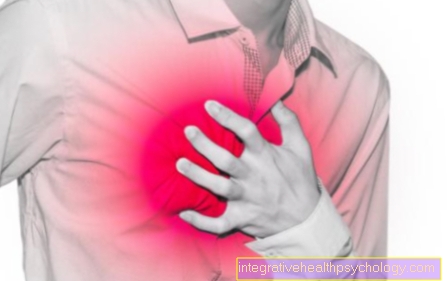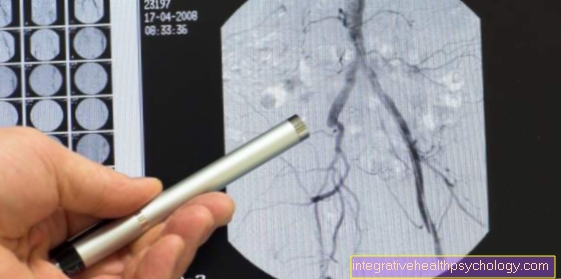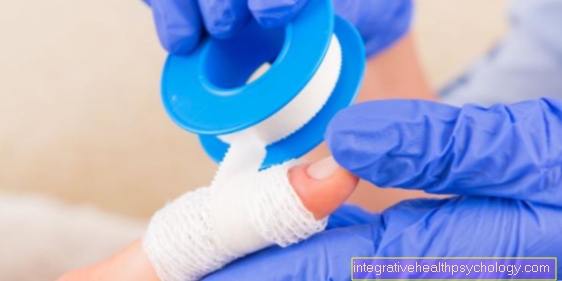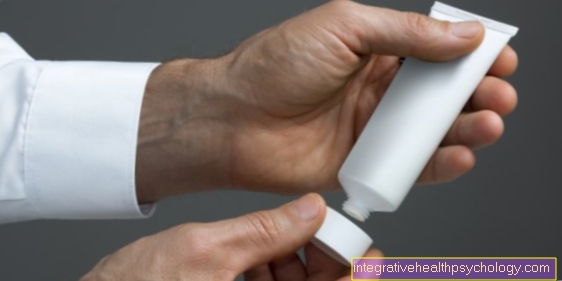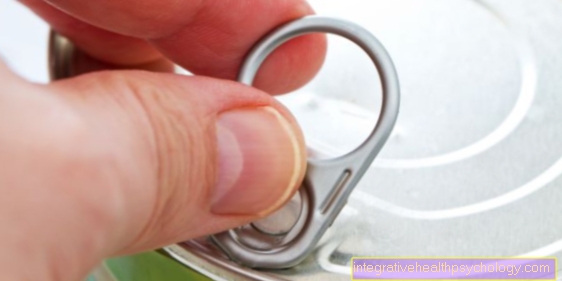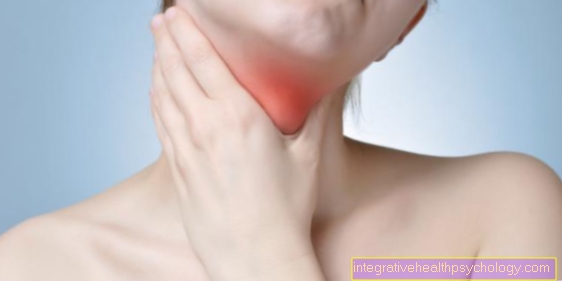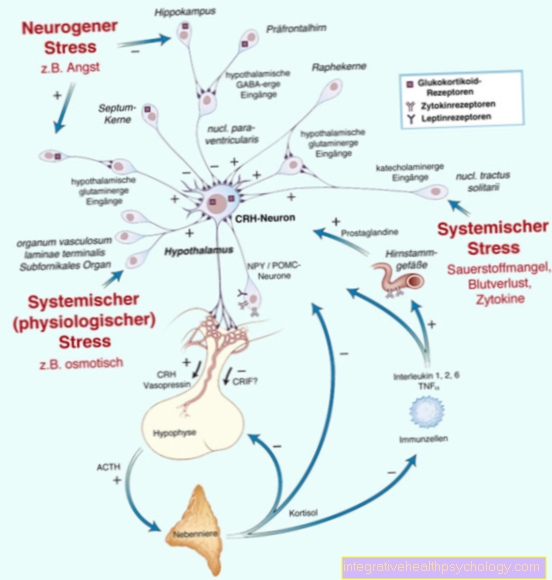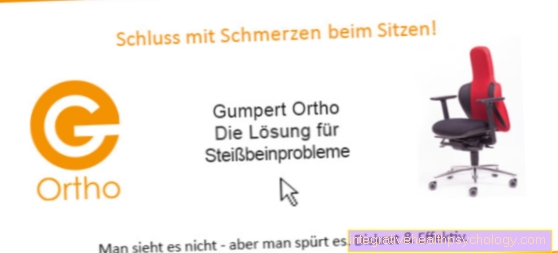Magnesium phosphoricum
German term
Magnesium hydrogen phosphate
introduction
As the name suggests, the seventh Schüssler salt, Magnesium phosphoricum, consists of magnesium and phosphorus. If you look at the effect of these two individual components in the body, the effect of the seventh salt can be deduced from them.

Use of Magnesium phosphoricum for the following diseases in homeopathy
- Spasms and colic in the hollow organs
- Nerve irritation
- Cramp neuroses such as writer's cramp in children
- otherwise like Magnesium carbonicum
Use of Magnesium phosphoricum for the following complaints
- States of exhaustion with a tendency to cramps, especially in children
- Violent abdominal cramps with belching of air
- shooting nerve pain, often accompanied by muscle cramps
- Irregular periods with cramps
- Convulsive cough
- Cramps in children during teething
Improvement: all complaints get better through warmth and counter pressure and return again and again after symptom-free times.
Otherwise like Magnesium carbonicum
Magnesium phosphoricum for earache
The seventh Schüssler salt is sometimes also used to treat earache, even if that is not one of the obvious uses of this salt. The reason for this is that the salt is often said to have an analgesic or at least analgesic effect.
Normally, however, Magnesium Phosphoricum is not the main salt used, but is usually given in combination with or as a supplement to other salts. Such salts include No. 3 (Ferrum phosphoricum), No. 4 (Kalium chloratum) and No. 6 (Kalium sulfuricum).
When and in which combination Magnesium Phosphoricum should be used depends largely on the type and cause of the earache and should therefore be discussed with a competent person before starting therapy.
If you want to know more information on this topic, check out our next article on this at: Homeopathy for earache
Effect of magnesium phosphoricum
Magnesium is an important component of many enzymes that are responsible for muscle work. Muscles not only mean the musculature of the locomotor system (so-called skeletal muscles), which can be consciously influenced, but also the unconsciously working (so-called "smooth") muscles that are located in the internal organs. Smooth muscle cells are found, for example, in the heart, in the gastrointestinal tract and in the urinary tract such as the bladder and ureter.
Since magnesium is particularly important for the relaxation of the muscles, a lack of magnesium can lead to cramps in the arm or leg muscles and colic in the digestive or urinary tract. The heart rhythm can also be disturbed by a magnesium deficiency.
Phosphorus is - like magnesium - a chemical element and is particularly important for the structure of adenosine triphosphate, or ATP for short. To put it simply, ATP is the “energy currency of the body: cells that want to store energy build ATP - while ATP can be broken down to release energy. However, this mechanism is disrupted without sufficient phosphorus stocks.
It is also important for building bones and teeth, as it supports the incorporation of calcium into these body structures.
Like all Schüssler salts, Magnesium Phosphoricum is potentized as a remedy, which means that the original substance is very heavily diluted depending on its potency. Schüssler salts should therefore not be viewed as a dietary supplement to replenish electrolytes. Rather, their effect is to be seen as an impetus that points the body itself to the existing deficiencies and thus activates its own healing powers to compensate for these deficiencies.
Are you interested in this topic? Read more about this in the next article under: Cramps despite magnesium - what can I do?
Active organs
- central nervesystem
- smooth musculature
- annoy
Usual dosage
Common doses / uses in homeopathy:
- Tablets Magnesium phosphoricum D3, D4, D6, D12
- Ampoules Magnesium phosphoricum D8, D12
Magnesium phosphoricum ointment
Magnesium phosphoricum can also be used externally as an ointment. Areas of application for such an ointment are, for example, muscle tension or cramps, as these can also be caused by a magnesium deficiency.
To relieve such discomfort, the ointment should be applied to the affected areas two to three times a day. Treatment can be ended when the symptoms are no longer noticeable. The ointment can also be used after physical exertion and sport to prevent cramps and tension.
Magnesium phosphoricum for the baby?
Since magnesium phosphoricum supports the development of bones and teeth, especially through its phosphorus content, it can help young children and babies especially during teething. Here it supports the eruption of the teeth and can also alleviate the pain during this process.
It can also help support bone growth.
Each Schüsslersalz can also help with certain psychological processes. Magnesium phosphoricum is a proven remedy for separation anxiety or pain and can therefore be used, for example, during the period of weaning. Magnesium Phosphoricum can also help overcome these fears in children who get homesick quickly or who cannot be separated from their parents.
Homeopathy can also relieve other ailments in your baby. Read more about this under: Homeopathy for colic in babies



